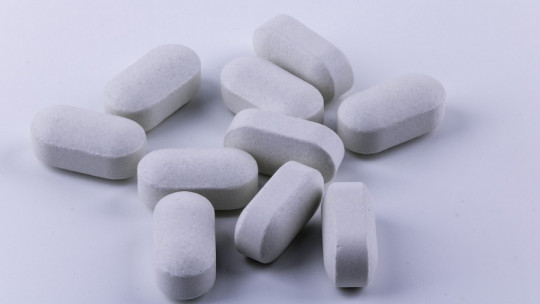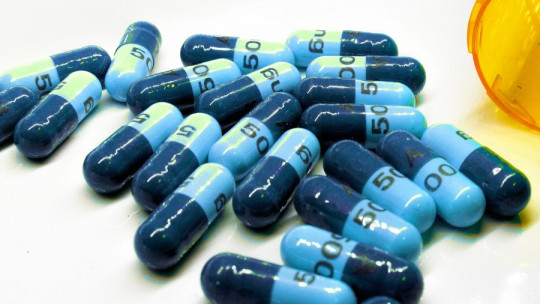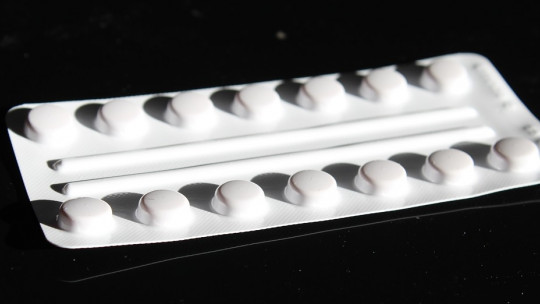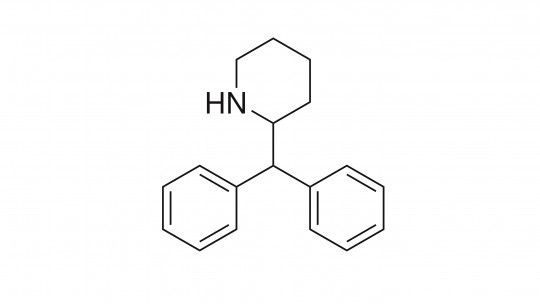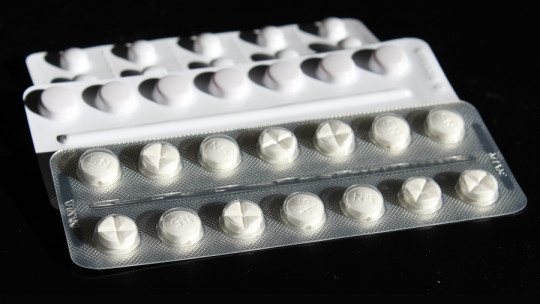
Over the last few decades, the pharmaceutical industry has developed and marketed a multitude of stimulant drugs that, originally, were designed to treat problems such as fatigue and tiredness, appetite suppression or lack of concentration.
However, over time some medications have generated problems of abuse and dependence, and have been withdrawn or banned in certain areas. This is the case of fencamfamine, a drug with stimulant properties that is currently part of a list of medications prohibited in sports.
Next we will talk about The properties and clinical uses of fencamfamine its mechanism of action, adverse reactions and contraindications, as well as its effects on the psychological mechanism of latent inhibition.
Fencamfamine: description and clinical uses
Fencamfamine is a drug with mild stimulant effects on the central nervous system It was developed by the German pharmaceutical company Merck in the 1960s as a medication indicated for appetite suppression, although it was later withdrawn due to the dependence and abuse problems it caused. Its effects are approximately half as powerful as those of dextroamphetamine.
Fencamfamine has been used to treat daytime fatigue, poor concentration, and lethargy, and is especially useful in patients with chronic conditions due to its favorable safety profile. The medicine was marketed under the name “Reactivan” and “Glucoenergan”, and in its beginnings it was quite popular in the field of sports, specifically among athletes and runners, since its invigorating effects were in high demand in the locker rooms of many teams. and athletes.
A significant potential for abuse has been attributed to this stimulant medication, due to its reinforcing psychoactive effects and its mechanism of action, since it acts on dopaminergic receptors and the reward system. In this sense, one of the best-known cases in relation to the abuse of this substance was the one that occurred in the 1978 Soccer World Cup, held in Argentina, in which soccer player Willie Johnston tested positive for fencamfamine when he was performed the anti-doping control.
This substance is still included today on the list of substances prohibited in sport within the category of specific stimulants. Currently, fencamfamine is still marketed in some countries and is still prescribed as a stimulant drug. in patients with fatigue and asthenia In addition, its therapeutic effects in narcolepsy continue to be investigated.
Mechanism of action
Fencamfamine acts as an indirect dopamine agonist drug The mechanism of action of this medication involves the release of this neurotransmitter through a procedure similar to that caused by amphetamines, although the main mechanism is the inhibition of dopamine reuptake.
Furthermore, unlike amphetamines, fencamfamine does not inhibit the action of the enzyme monoamine oxidase, which is involved in the elimination of dopamine, noradrenaline and serotonin, which allows more neurotransmitters to be available at the synapses to exert pharmacological effects on the target receptors. In fact, in the studies carried out it has been observed that the in vitro profile of fencamfamine is more similar to that of nomifensine, a drug that inhibits the reuptake of dopamine and noradrenaline, than to d-amphetamine.
In animal research on place preference conditioning (a model used to study the motivational properties of certain psychoactive substances) it has been observed that fencamfamine produces significant place preference only at a particular dose (around 3.5 mg/kg).
Furthermore, experiments suggest that this drug could act on dopamine D1 receptors, and also on opioid receptors, since place preference is blocked by a selective dopamine D1 antagonist (SCH-23390) and by an antagonist of opioids (naloxone).
Adverse reactions and contraindications
The behavioral effects of stimulants are very similar to each other and include an increase in blood pressure and respiratory rate, and an increase in heart rate. Nevertheless, fencamfamine is fairly well tolerated and does not produce significant circulatory effects although prolonged use can cause dry mouth.
It should be noted that this medication should not be used if you suffer from heart disease, angina pectoris, decompensated heart failure, glaucoma, hyperexcitability, thyrotoxicosis or while being treated with monoamine oxidase inhibitor (MAOI) drugs.
On the other hand, excessive use of fencamfamine or an overdose can cause symptoms such as the following:
Effects of fencamfamine on latent inhibition
Latent inhibition is a psychological mechanism that people develop and that allows us to filter the stimuli in our environment that we perceive as irrelevant based on our particular experience. This ability to “separate the wheat from the chaff”, or in other words, to capture only the information that is truly relevant and necessary in a given situation greatly makes it easier for us to function in our daily lives.
But not all individuals are capable of inhibiting irrelevant stimuli with the same effectiveness. People with low latent inhibition are unable to abstract themselves from a large amount of unnecessary stimuli that produce a volume of information that exceeds their cognitive resources, generating high levels of stress and frustration.
Studies carried out in this regard demonstrate that fencamfamine blocks the latent inhibition effect at doses of 3.5 mg/kg. A latent inhibition effect that, according to research, could be mediated by the mesolimbic dopaminergic system. Which makes sense since, as we have mentioned previously, fencamfamine acts by inhibiting the reuptake of dopamine, causing an increase in the levels of this neurotransmitter in the nucleus accumbens and the striatum.
On the other hand, it has been proven that at higher doses (around 7 mg/kg) fencamfamine does not block latent inhibition. And since this drug produces stereotyped behaviors at high doses it is possible that the unconditioned stereotyped responses generated by these doses interfere with the behavioral processes that occur in the conditioning phase of latent inhibition.


